Add a Shelf to a Table
Four attractive ways to handle wood movement in a solid-wood shelf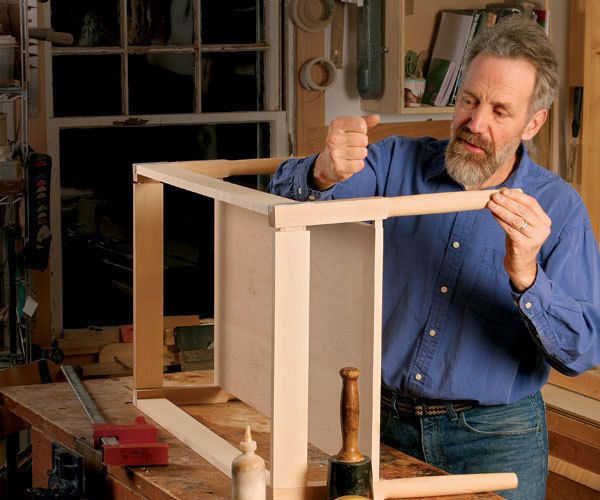
Synopsis: When is a table more than a table? When you add a wooden shelf. A shelf adds a layer of storage and immediately makes a table more useful. And, as Peter Turner demonstrates, it can be incorporated neatly into a night table, a hall table, or a coffee table. There are a few things that can trip you up when designing a shelf — most notably wood movement. If you do not allow for the cross-grain movement of a wooden shelf, the force of that expansion can cause failure in the leg-to-apron joint. Turner demonstrates several scenarios for designing table shelves that work: solid-wood slabs tenoned into legs, breadboard ends, frame-and-panel shelf designs, brackets, and even shelves that sit on top of stretchers.
I’ve made many tables over the years, and I often incorporate a wood shelf in the design. The shelf adds an extra layer of storage and more functionality, and it can be incorporated neatly into a night table, a hall table, or a coffee table.
Like a tabletop, a wood shelf moves with changes in humidity. And if you do not allow for that cross-grain movement in both the top and the shelf, the racking force of any expansion, when exerted on the legs, has the potential to cause the leg-to-apron joint to fail, or to damage the leg itself.
Because tabletops typically sit above the aprons and legs, movement can be controlled through the use of buttons or slotted screw holes. These methods hold the top fast to the aprons while allowing it to expand and contract freely. But the shelf is a challenge because you must accommodate the wood movement within a fixed space—between the legs.
I’ve made shelves that connect with the legs via tenons and shelves that rest on brackets. Another option, which I have seen in other furniture makers’ work, is to screw the shelf to a table’s stretchers; so I consulted two other makers for variations on that method. All of these solutions give the shelf freedom to move.
Solid-wood slab is tenoned into legs
A solid slab is the simplest form of table shelf, and it can be incorporated easily into most designs. When I use a solid-wood shelf, I orient it so the grain runs side to side and the movement is front to back. I attach it to the front legs with fixed tenons, and at the back, I use a loose tenon that floats in an elongated slot in the shelf.
The joinery is pretty easy to cut (see photos, facing page). On the shelf stock, mark out the front tenons and the shelf width. Next, make the inside shoulder cuts on the tablesaw. Clamp the shelf vertically in a crosscut sled, and use a stop block so you can make identical cuts on both sides of the shelf.
Cut away most of the waste behind the front tenons on the bandsaw, roughly defining the shelf width and reducing the waste for the stopped tablesaw cut that follows. For the tablesaw cut, you’ll need a wellmade crosscut sled. Clamp a stop block in place to align the cuts and ensure consistency on both sides of the shelf. Raising the blade higher than normal will allow you to get closer to the tenon shoulder, reducing the cleanup in the corner later.
From Fine Woodworking #198
For the full article, download the PDF below:
Fine Woodworking Recommended Products

Drafting Tools

Drafting Tools

Compass



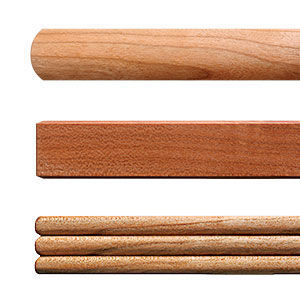
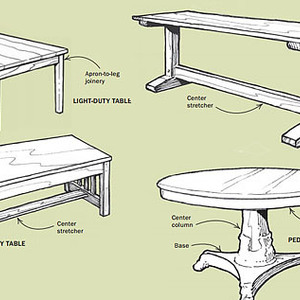
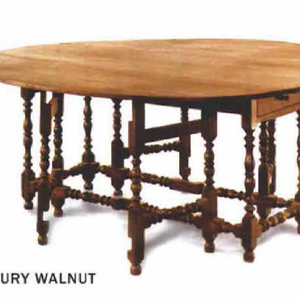
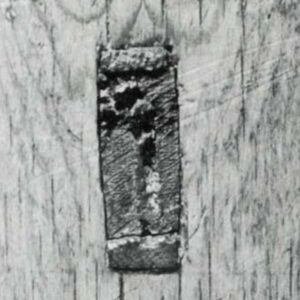





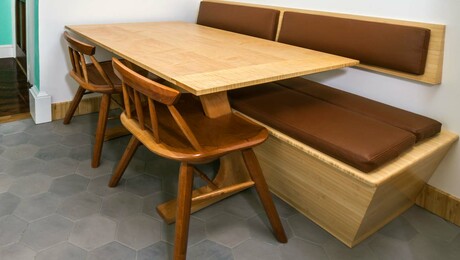
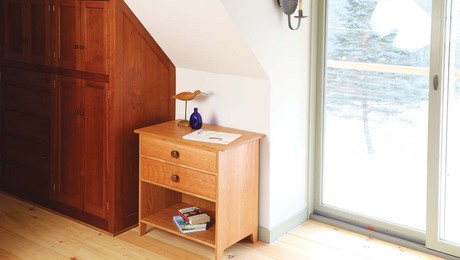








Log in or create an account to post a comment.
Sign up Log in